1. Lean Cuisine Dinners
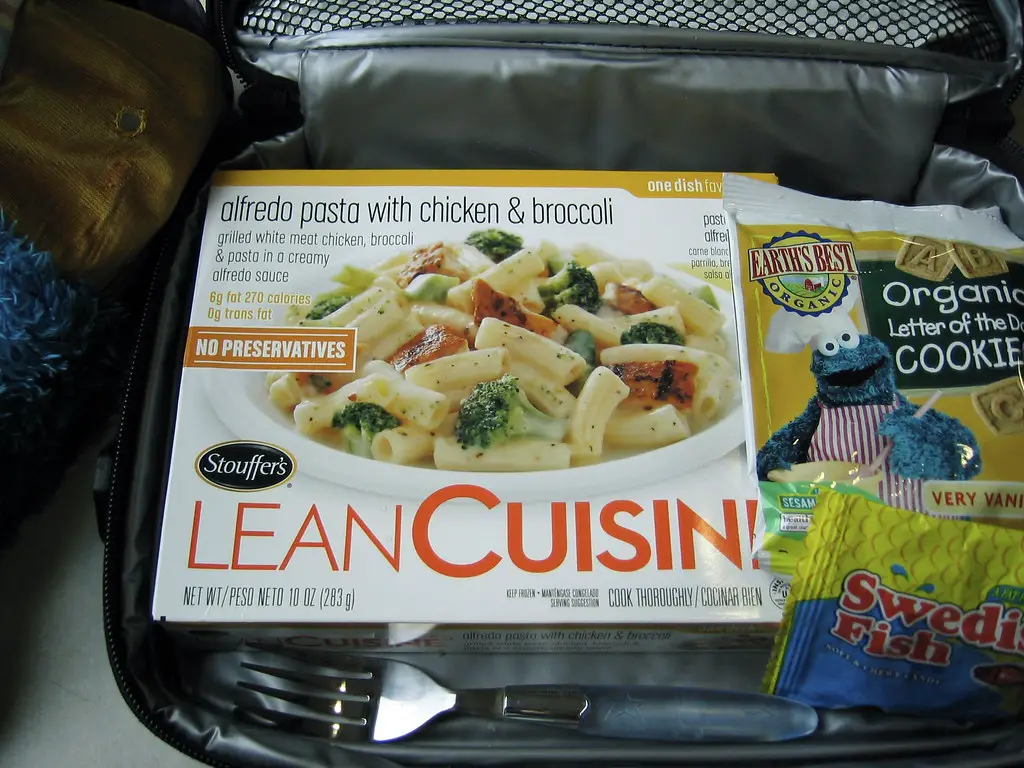
If you were trying to “eat light” in the ’80s, chances are your freezer was packed with Lean Cuisine trays. They were marketed as the healthier alternative to TV dinners, promising low calories and portion control. But a closer look at the ingredients reveals a different story—these meals were often loaded with sodium, preservatives, and barely any real veggies. Sure, they were convenient, but the health halo was mostly hype says Tasting Table.
Many of the entrées came in under 300 calories, but they rarely left you feeling full. That’s because they lacked fiber and healthy fats, leaving you hungry an hour later. The sodium levels could easily reach 800 mg or more per meal. And while they were painted as “diet food,” they weren’t necessarily balanced nutrition adds Yahoo.
2. SnackWell’s Cookies
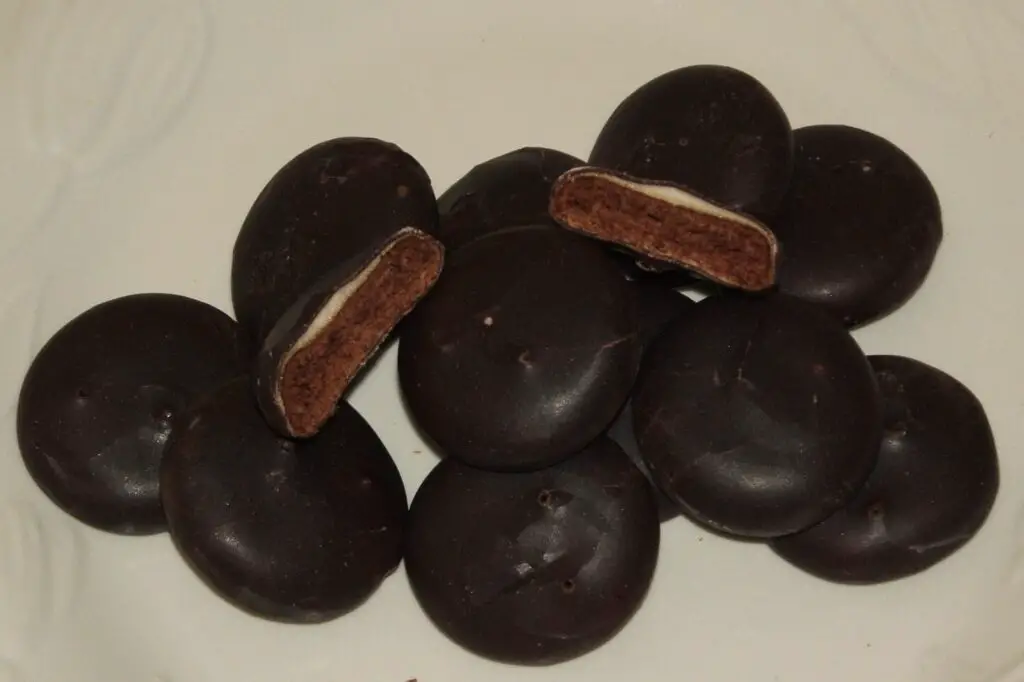
When fat became the villain of the decade, SnackWell’s came swooping in like the hero of the grocery aisle. These low-fat cookies were everywhere, wrapped in dark green packaging and somehow promising indulgence without guilt. But taking out the fat meant pumping in more sugar and carbs to keep them palatable. They were essentially sweetened cardboard wearing a health badge shares Eater.
A lot of people ended up eating half the box in one sitting, thinking they were making a better choice. But in reality, the sugar content and lack of nutrients made them a blood sugar rollercoaster. SnackWell’s played a big role in the “fat-free = healthy” myth that still lingers today. It turns out, a little fat isn’t the enemy—but eating 12 sugar-laden cookies definitely is explains Mental Floss.
3. Tang
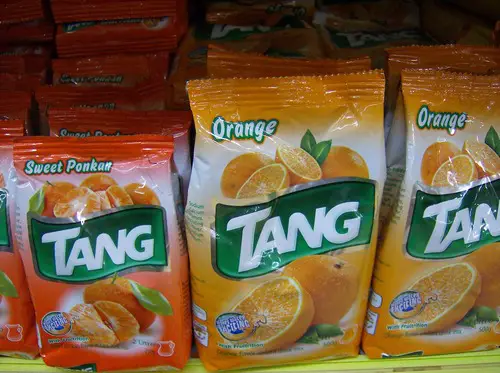
NASA approved! That’s all some parents needed to hear before stocking up on Tang. The powdered orange drink was sold as a space-age vitamin boost, but it was mostly sugar with a sprinkle of artificial flavoring. Despite the “with Vitamin C” label, Tang was far from a real nutritional win.
The drink contained more sugar than actual juice (because, well, it wasn’t juice at all). It gave kids a jolt of energy—then the inevitable crash. And the neon orange color wasn’t exactly natural. If anything, Tang taught an entire generation to equate “health” with “fortified” rather than “whole.”
4. SlimFast Shakes
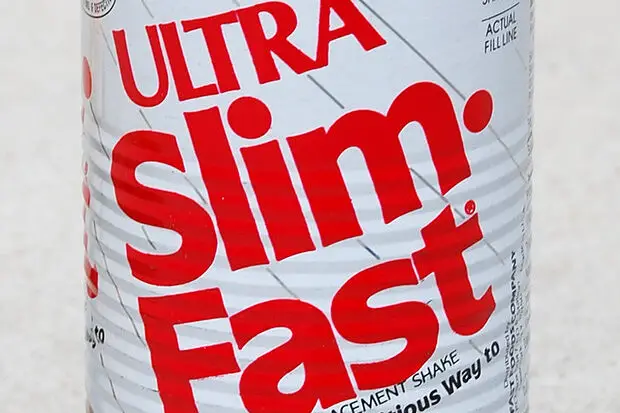
“Shake for breakfast, shake for lunch, sensible dinner”—that jingle was everywhere. SlimFast promised easy weight loss, but it wasn’t exactly rooted in whole food nutrition. The shakes were basically sweetened, fortified milk powder, and they left many people feeling hungry and deprived. Sure, the calories were low, but so were the benefits.
A single shake had loads of sugar, processed ingredients, and barely any fiber. Drinking your meals might’ve seemed futuristic at the time, but it skipped over the satisfaction that comes from real food. And let’s be honest—how many people stuck with the plan past week two? It was more of a quick fix than a sustainable health move.
5. Diet Sodas
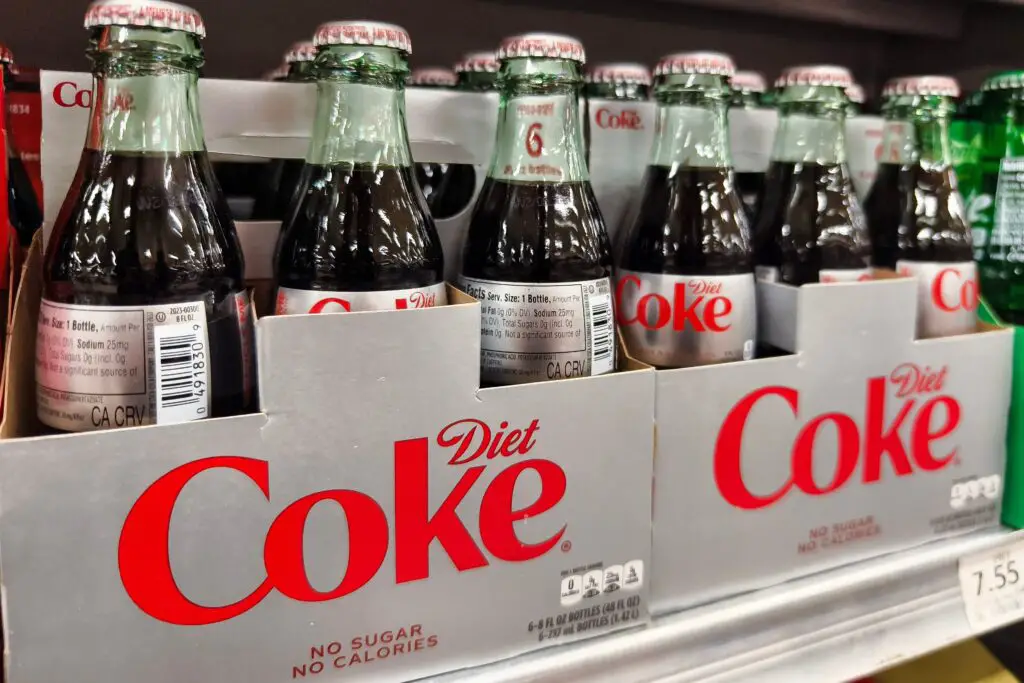
Diet sodas felt like magic in the ’80s—sweet, bubbly, and calorie-free? Sign us up. Brands like Diet Coke and Tab became cultural staples, often seen in the hands of aerobics-loving health enthusiasts. But behind the fizzy promises were artificial sweeteners like aspartame, which have sparked decades of debate.
Many diet sodas also contained caffeine and chemicals that left people jittery and bloated. While they didn’t have sugar, they didn’t curb sugar cravings either—in fact, they often made them worse. Over time, research started to show that relying on artificial sweeteners could mess with metabolism and appetite signals. So much for being the guilt-free soda solution.
6. Granola
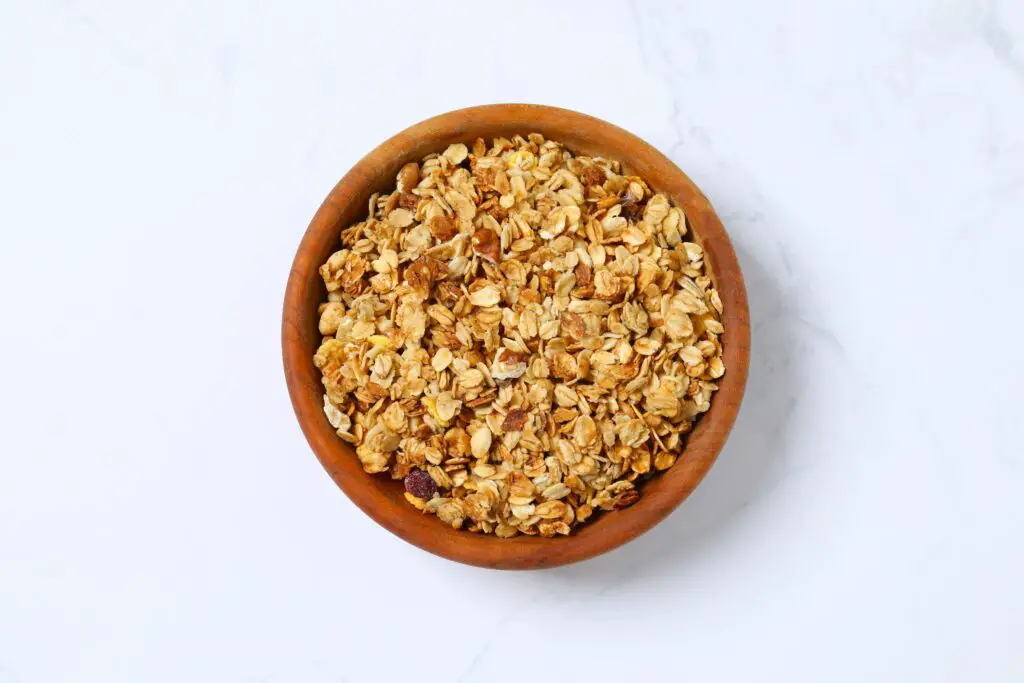
In the ’80s, granola was the king of “health food”—you’d see it sprinkled over yogurt or eaten straight from the box like cereal. It gave off major earthy-crunchy vibes, like something hikers and yogis would eat. But most store-bought versions were full of added sugar, oils, and processed grains. It was basically dessert disguised as breakfast.
Some granolas had as much sugar as a candy bar, especially if they included chocolate chips or clusters. And the portion sizes were misleading—just half a cup could pack in 300+ calories. Yes, oats and nuts are great, but not when drowned in syrup and oil. A lot of us thought we were being healthy, when really, we were just eating fancy cereal.
7. Raisin Bran
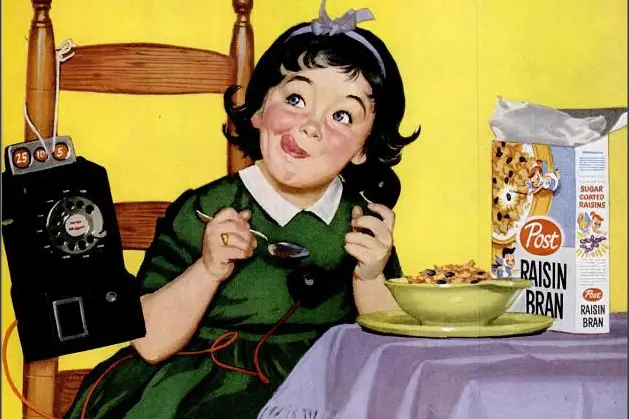
With its hearty name and wholesome box art, Raisin Bran seemed like the grown-up, healthy choice. After all, it had fiber and fruit, right? But the truth was, the raisins were coated in sugar and the flakes themselves weren’t exactly low in sweeteners. Many brands were just shy of the sugar levels in more obviously sugary cereals.
Each bowl could have 17 grams of sugar or more—more than some donuts! And because it was easy to pour a big bowl, most people doubled the serving size without realizing it. The fiber content didn’t quite balance out the sugar crash that followed. Raisin Bran fooled a lot of us into thinking we were eating “smart.”
8. Fruit Roll-Ups
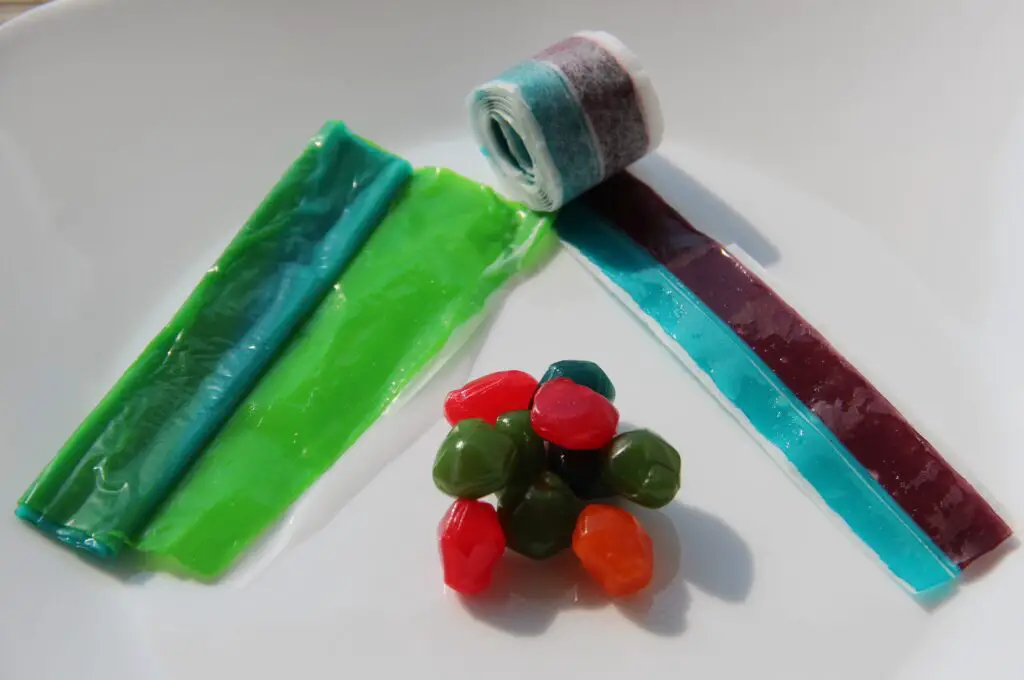
They were marketed as real fruit snacks, and the commercials showed smiling kids and parents feeling good about lunchbox choices. But these sticky treats were mostly corn syrup, sugar, and artificial coloring. The “made with real fruit” claim was a stretch—it was more fruit-flavored than fruit-filled.
They often had more in common with candy than any actual fruit. And since they were shelf-stable, the natural enzymes and nutrients from real fruit were long gone. Still, the bright packaging and fruity smell made them feel like a better alternative to candy. But nutritionally? They were just sugar in a flattened, chewy disguise.
9. Instant Oatmeal Packets
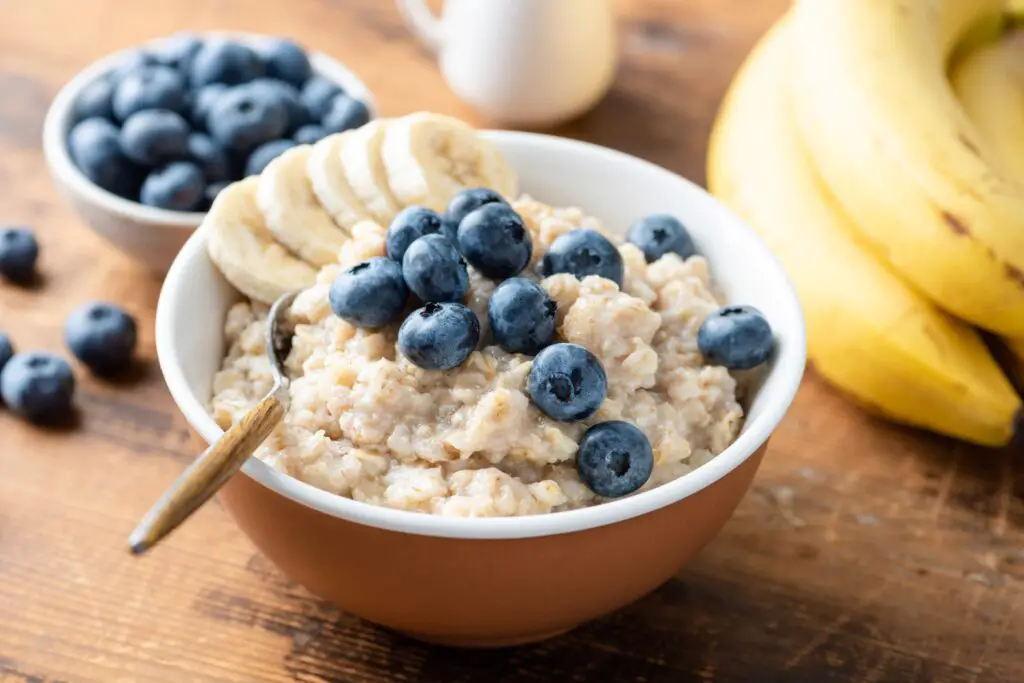
Those Quaker packets were everywhere—apple cinnamon, maple brown sugar, and other cozy flavors that made mornings easier. But despite oatmeal’s wholesome reputation, these instant packets came packed with sugar and artificial flavorings. A lot of the nutritional value of whole oats got stripped out in the processing.
Some flavors had over 12 grams of sugar per tiny packet. And because the oats were so processed, they didn’t keep you full for very long. You were hungry again by 10 a.m., reaching for another snack. Real oats are still great, but these sugary packets weren’t quite the morning health win we thought they were.
10. Crystal Light
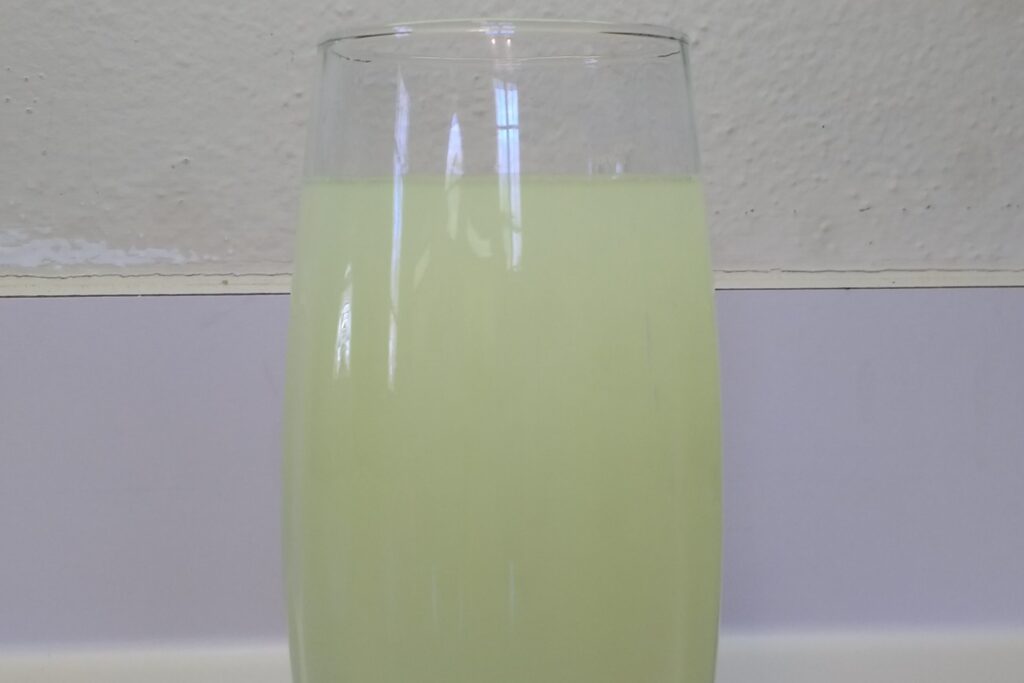
Crystal Light made waves with its pastel packaging and “healthy” image—especially with diet-conscious women. It promised all the fun of flavored drinks with none of the guilt. But like diet sodas, it relied on artificial sweeteners and colors to achieve its flavor. The result was more chemistry experiment than natural beverage.
While it was low-calorie, it offered zero actual nutrients. Many people drank it all day long, thinking they were doing something good for their bodies. But all those chemicals added up over time, and it didn’t encourage hydration the way plain water does. It was more of a flavor crutch than a health habit.
11. Low-Fat Yogurt
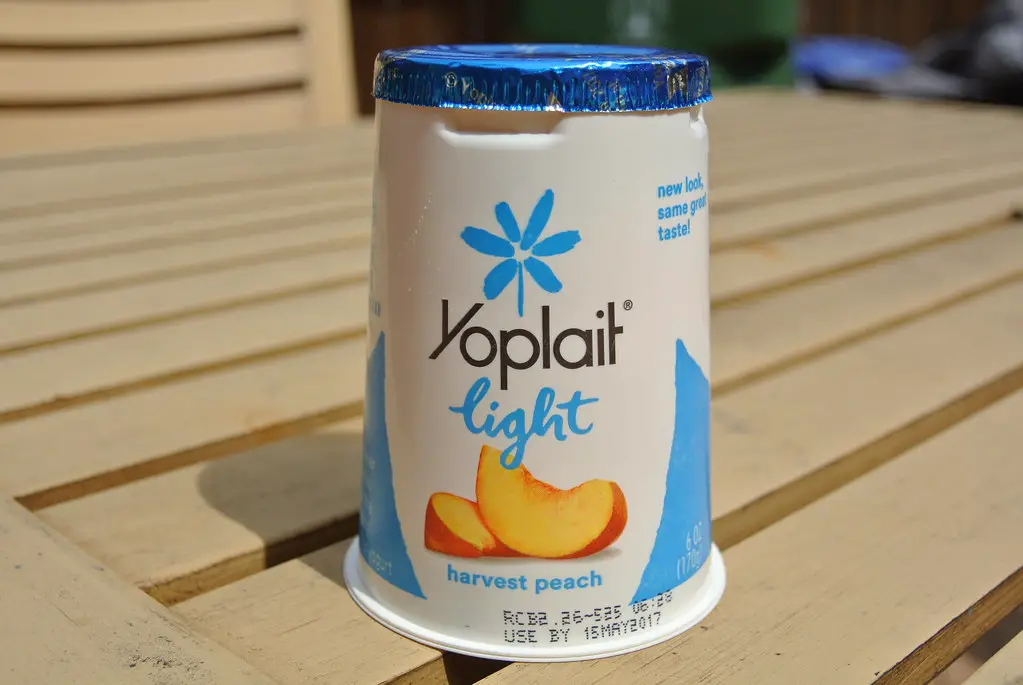
In the fat-free craze of the ’80s, yogurt got a makeover. Brands slashed the fat and pumped up the sugar to make up for the lost flavor. Suddenly, yogurt wasn’t just a breakfast staple—it was dessert masquerading as health food. Flavors like strawberry cheesecake and key lime pie became popular, but they came with a heavy sugar toll.
Some low-fat yogurts had as much sugar as a scoop of ice cream. And without the fat, they didn’t keep you satisfied for long. Plus, many had thickeners and artificial flavorings to mimic creaminess. It looked healthy on the label, but it didn’t deliver much in terms of actual wellness.
12. Rice Cakes
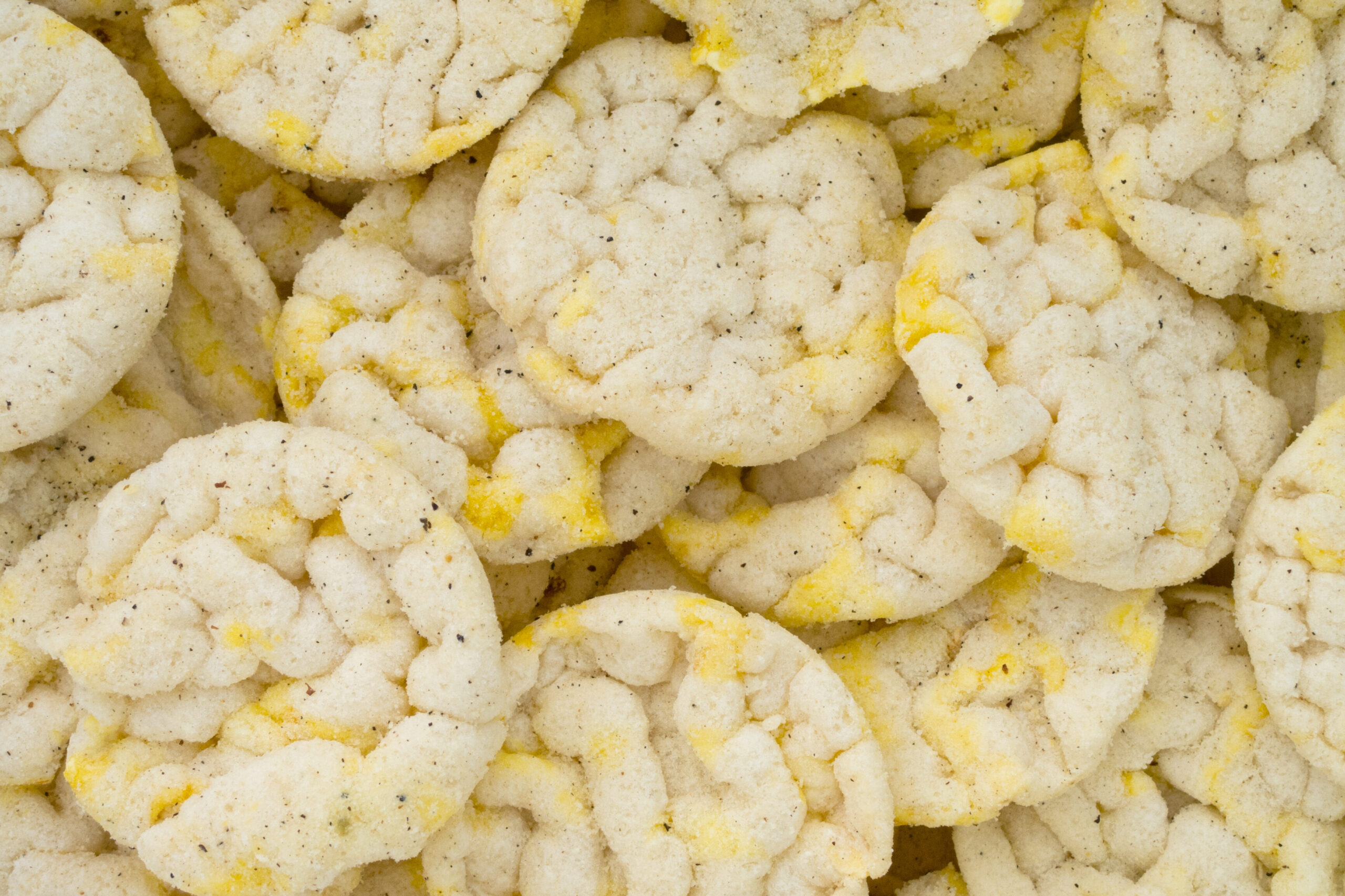
Rice cakes were the poster child of low-calorie snacking. With their airy crunch and no-fat label, they were everywhere from office drawers to school lunches. But they were mostly just puffed white rice—no fiber, no protein, and no lasting energy. You could eat five and still feel hungry.
And the flavored versions added salt and sometimes even sugar to the mix. They caused a spike in blood sugar followed by a crash, which didn’t do anyone’s energy levels any favors. Rice cakes might’ve felt like a diet-friendly option, but they weren’t really nourishing. Just because something is low in calories doesn’t mean it’s good for you.
13. Margarine
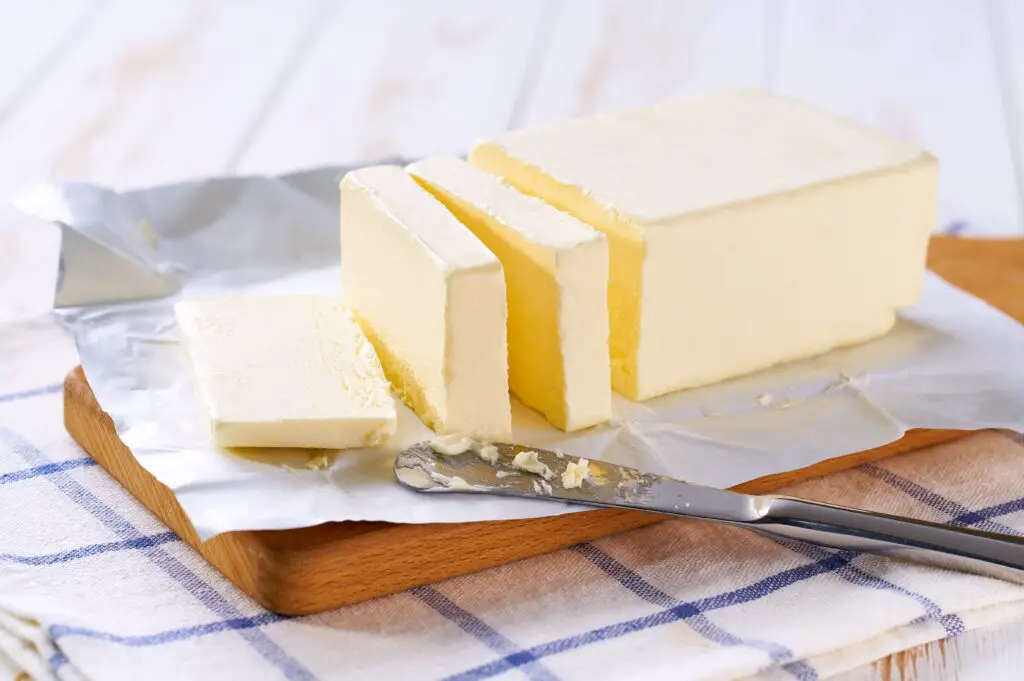
Butter was practically villainized in the ’80s, and margarine was the hero swooping in to save our hearts and waistlines. It was marketed as a heart-healthy spread, thanks to its lower saturated fat content. But many margarines were made with hydrogenated oils, which are now known to contain harmful trans fats. Those trans fats were worse for heart health than butter ever was.
It spread easily and had a buttery taste, but it wasn’t doing our bodies any favors. Over time, research linked trans fats to higher cholesterol and increased risk of heart disease. Margarine has come a long way since then, but back in the day, it was far from a healthy choice. Turns out, the original villain wasn’t quite as scary as the solution.
